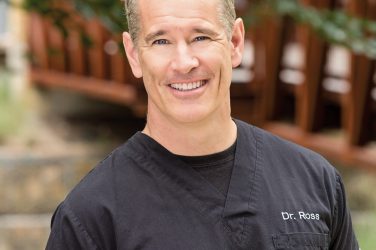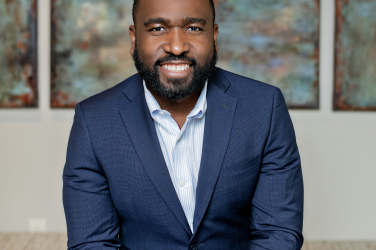
Q&A
What Is “Mohs” Surgery?
Mohs is a technique developed by Dr. Frederic E. Mohs, in which your dermatologic surgeon will remove a skin cancer, layer by layer, and microscopically examine each section. This enables total removal of the cancer while sparing your healthy skin, reducing scarring and speeding your recovery.
Mohs Surgery provides the highest cure rate for removal of skin cancer – up to 99 percent for a skin cancer that has not been treated before, and up to 94 percent for a skin cancer that has recurred after previous treatments.
When Is Mohs The Right Treatment?
Mohs is the gold standard of treatment for many basal cell carcinomas (BCC) and squamous cell carcinomas (SCC), including sensitive and critical areas around the eyes, nose, lips, ears, scalp, fingers, toes, or genitals. In these cases, removing the least tissue necessary is essential to minimize scars or limited function.
We also recommend Mohs for recurring cases, or aggressive cases where BCC or SCC are large, growing rapidly, have indistinct edges. Mohs has also been successful in treating certain cases of melanoma.
What Happens During Mohs Surgery?
The surgery happens in three primary steps, all in one visit. First, the skin around the cancer will be anesthetized (numbed), and the visible skin cancer will be removed.
Second, a thin layer just beyond the visible cancer will be surgically removed, processed, stained, and examined microscopically. You will have a short wait while the tissue is analyzed to confirm we have removed all the cancer. If any cancer cells do remain, steps one and two will be repeated.
In the third step, once the skin cancer is fully removed, your surgeon will recommend the best way to treat and close the wound to minimize scarring, promote healing, and speed your recovery.
What Can I Expect After Mohs Surgery?
There is usually minimal pain for a few days after surgery, and you should limit exercise and vigorous physical activity the first couple of weeks. You can expect some swelling and bruising, and even numbness around the site for up to a year. While scarring cannot be prevented, we make it a priority to minimize it. This is a definite benefit of Mohs Surgery.
Will I Have To Return For Follow Ups?
Once you have had a skin cancer, you are at a higher risk for more. So, take care of yourself by following up with your general dermatologist on a regular basis. You are worth the extra care – we want to see you healthy!
What Is Smartgraft For Hair Restoration?
At United Dermatology Associates, we are proud to offer a state-of-the-art solution for hair loss for men and women with the revolutionary SmartGraft device. With SmartGraft, we can provide natural, permanent results utilizing the follicular unit extraction (FUE) method of hair restoration. With FUE, there is no linear scar like with the older method of follicular unit transplantation (FUT). With FUE there is no scarring, no need to shave your hair, and there is minimal down time or pain.
About The Expert

Dr. Ashish Arshanapalli
United Dermatology Associates
While his primary focus is skin cancer surgery and reconstruction, Ashish also enjoys general dermatology and cosmetics. He has been published in multiple medical journals involving laser therapies for scar reduction. Dr. Arshanapalli graduated at the top of his class at the Indiana University School of Medicine, then conducted his residency in Dermatology at Loyola University Medical Center in Chicago. He completed a Mohs micrographic surgery fellowship at the University of Wisconsin, the birthplace of Mohs surgery.










